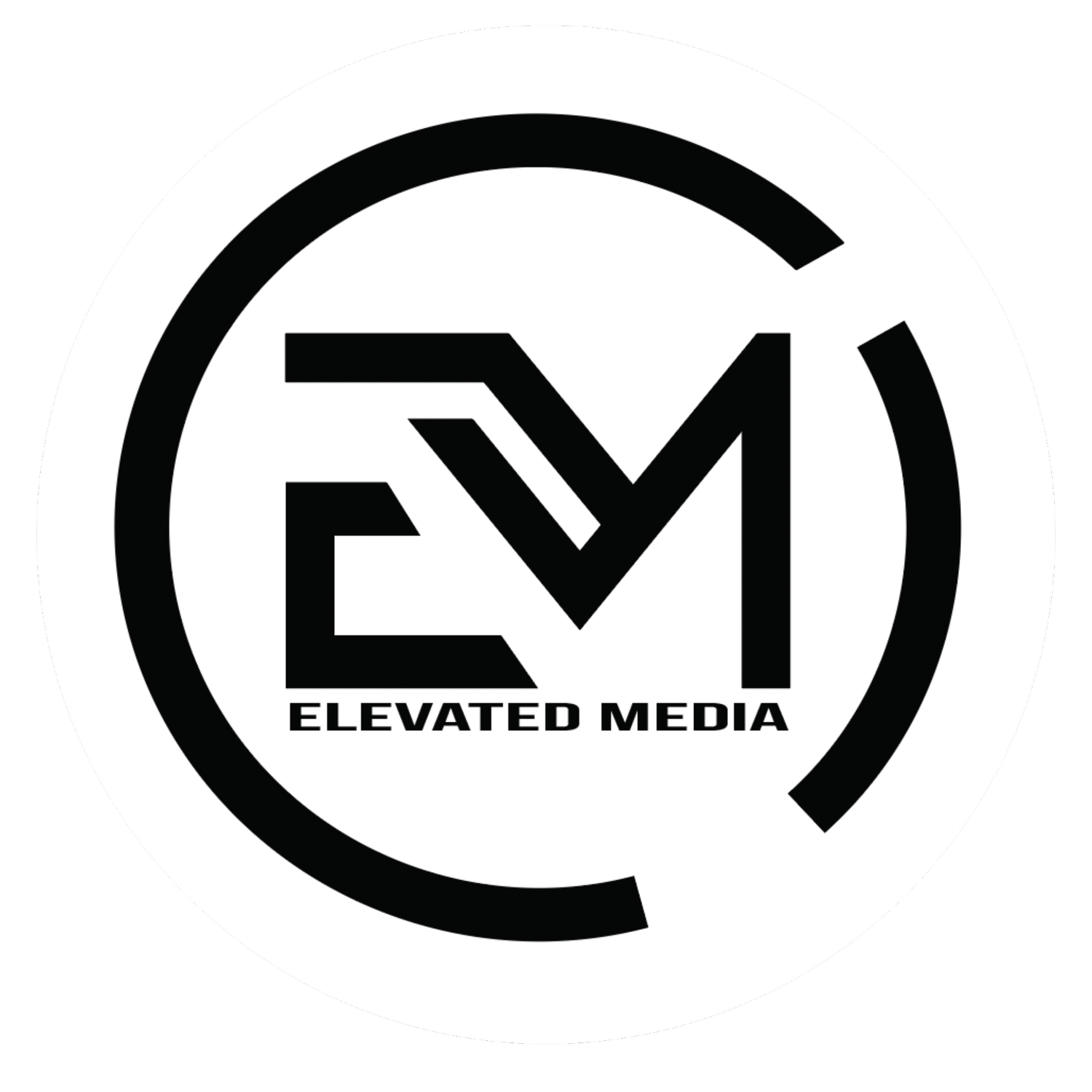Web design with the User in Mind.
Welcome to the beginner's guide to User Centered Design!
Definitions:
User-Centered Design (UCD): This approach to design focuses on the needs, wants, and limitations of the end-user. It is about designing for the people who will ultimately use the product or service.
User Experience (UX): This refers to the overall experience of a person using a product or service. It encompasses all aspects of the interaction a person has with a product, from the way it looks and feels to the way it works.
User Interface (UI): This refers to the visual and interactive elements of a product or service, such as buttons, icons, and text. The goal of UI design is to make the user experience intuitive and easy to use.
Design-Thinking Strategies and Methods: Design thinking is a problem-solving approach that starts with understanding the needs of the end-user. Some common design-thinking methods include:
Empathy mapping: This is a method for understanding the emotions, needs, and behaviors of your target audience.
Prototyping: This is the process of creating a simplified version of your product or service to test its design and functionality.
User testing: This is the process of observing and gathering feedback from real users to see how they interact with your product.
User-Centered Design strategies for human-centered problem solving:
Conduct user research: This involves gathering data about your target audience through surveys, focus groups, and other research methods.
Collaborate with cross-functional teams: This means working with people from different departments, such as marketing, engineering, and product management, to ensure that all aspects of the product are designed with the end-user in mind.
Iterate and test: This means constantly refining and testing your product until it meets the needs of your target audience.
Research methods to gain a better understanding of your target-audience:
Surveys: This is a method for gathering data through a set of standardized questions.
Focus groups: This is a method for gathering qualitative data by bringing a group of people together to discuss a particular topic.
User testing: This is a method for observing real users as they interact with your product to gather insights into their behavior and preferences.
In conclusion, User Centered Design is all about putting the end-user at the center of the design process. By using design-thinking strategies, collaborating with cross-functional teams, and conducting user research, you can ensure that your product meets the needs of your target audience. Happy designing!
Bonus: Check out Justinmind blog for further user-centered design.

